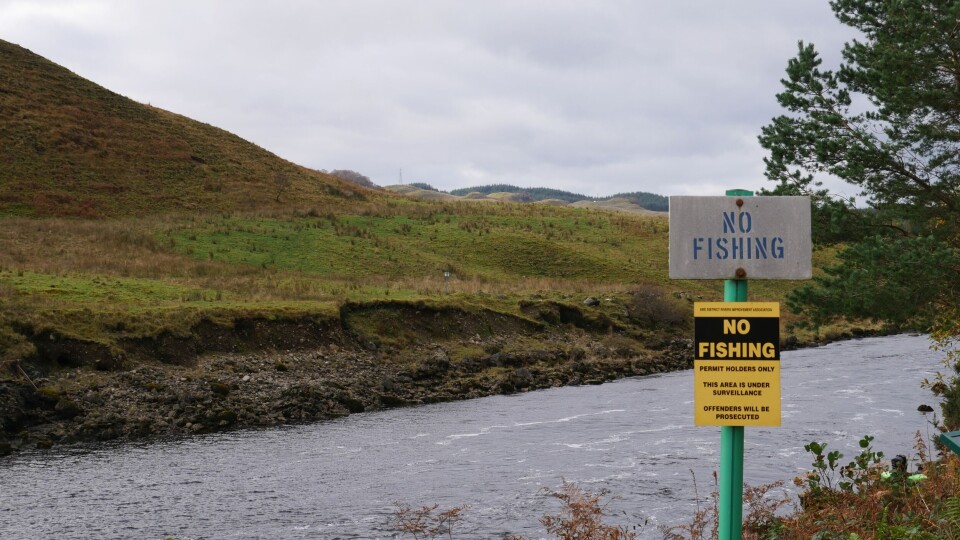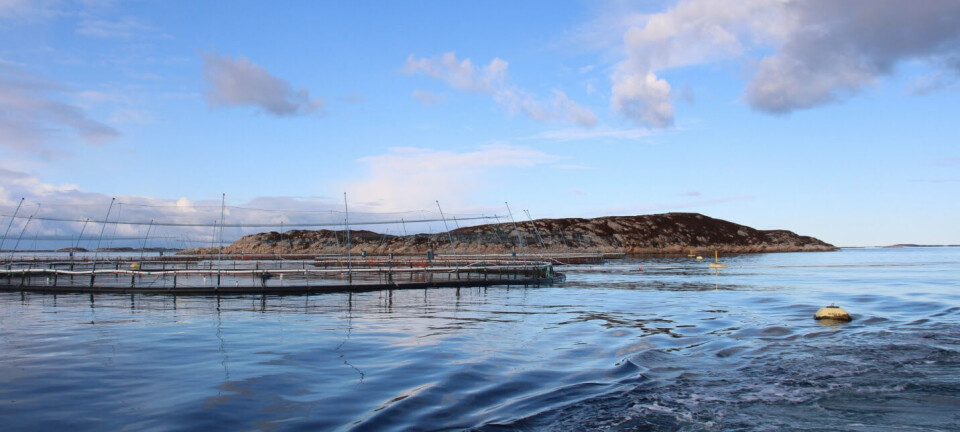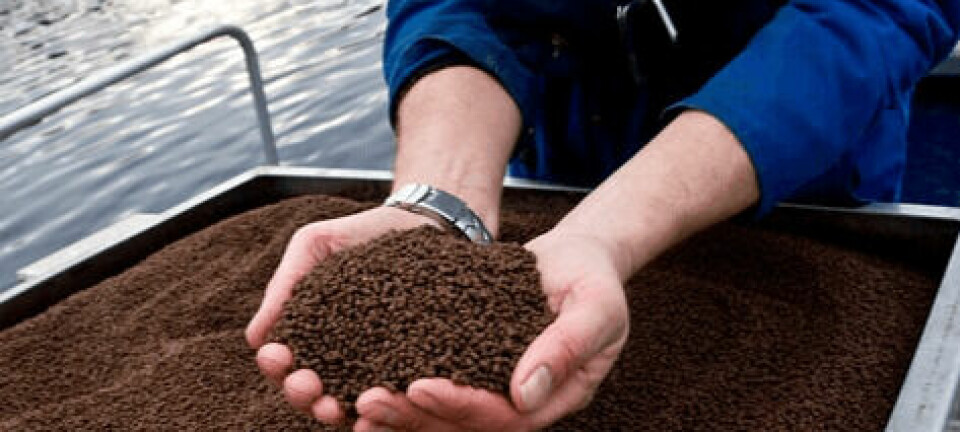
£500,000 for wild salmon research
The Scottish Government is to spend around £700,000 on work to help address the range of pressures related to the decline of Scottish wild salmon stocks.
The support will include £500,000 for research and activities, and includes a new national programme of local sampling which will help to count the numbers of juvenile salmon in rivers, before they leave to become adults at sea and return, and monitor their abundance.
District Salmon Fishery Boards (DSFBs) and those interested in establishing new DSFBs can also bid for a share of £200,000 for mergers, or to set up new boards which will help improve the efficiency and effectiveness of fisheries management.
The announcement comes just days after the Scottish Parliament’s Environment, Climate Change and Land Reform (ECCLR) Committee published a report of its inquiry into the environmental impacts of salmon farming, which revealed that very few studies had been done on Scottish wild salmon.
The inquiry and report were based on a review of existing scientific literature by the Scottish Association for Marine Science (SAMS), which used studies from Norway to assert that sea lice from salmon farms “could damage wild populations of salmon or sea-trout as smolts migrate seawards, and as fish return to rivers to spawn”. The SAMS review pointed out that “conclusive evidence for damage at the population level is hard to find in Scotland”.
Complex factors
Announcing the research funding, Environment Secretary Roseanna Cunningham said: “The decline in wild salmon numbers is due to a range of complex factors and is of great concern - we must do all we can to safeguard the future of this iconic species.
“The survival rate of salmon during their marine phase has fallen from around 25% to 5% over the last 40 years and, while the exact causes of this dramatic loss are unclear, we must do what we can to protect salmon numbers.
“I applaud the work of Fisheries Management Scotland and its members to date. This investment will accelerate and enhance joint work to try to quantify and mitigate a wide-ranging list of potential pressures on Scottish salmon stocks, such as forestry, hydro, barriers to migration, predation, illegal poaching, salmon farming, invasive non-native species, inshore and offshore developments and diffuse pollution. No single one of these, tackled alone, will secure the recovery of our wild salmon stocks.
“Voluntary mergers of Fishery Boards will help to generate cost savings, pool resources and better tackle river pressures like high water temperatures and instream habitats, which can affect the production of juvenile salmon.”























































